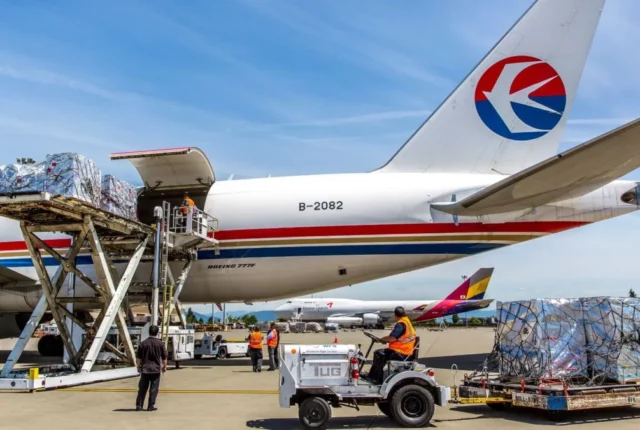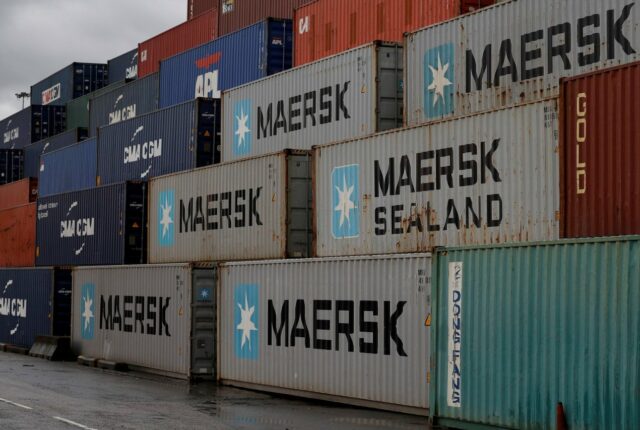
An Ocean of Data: Analytics in Sea Freight Optimization
In the modern shipping industry, the enormous volume of data generated daily poses both challenges and opportunities. Harnessing this data can be the key to success in sea freight optimization. In this comprehensive guide, we will explore how analytics in Sea Freight is changing the game. This article will provide you with a deep understanding of the role data analytics plays in improving efficiency, reducing costs, and making informed decisions in sea freight management.
The Power of Data Analytics
Data analytics, often hailed as the secret sauce of success, plays a pivotal role in sea freight optimization. This section explores how harnessing data can revolutionize the industry.
Analyzing Data for Efficiency
Efficiency is the name of the game in sea freight. Data analytics helps in optimizing routes, reducing transit times, and ensuring cargo arrives on time.
Reducing Costs with Informed Decisions
Informed decision-making based on data analysis can lead to significant cost savings, from fuel consumption to labor expenses.
Enhancing Safety and Security
Analyzing data also contributes to improved safety and security measures by identifying potential risks and mitigating them in advance.
The Sea of Data
In this section, we dive deeper into the immense volume of data available in the sea freight industry.
Data Sources
Explore the various sources of data, including GPS, weather patterns, cargo specifics, and more.
Data Collection and Management
Discover the strategies for collecting, storing, and managing the vast amount of data, including cloud solutions and data analytics tools.
Real-time Data
Learn how real-time data monitoring is transforming the industry, enabling swift responses to changing conditions.
The Role of Machine Learning
Machine learning is at the heart of data analytics in sea freight optimization. This section discusses its pivotal role.
Predictive Analysis
Machine learning algorithms can predict issues before they occur, allowing for proactive measures.
FAQs
Q: How does data analytics impact sea freight costs? A: Data analytics helps identify cost-saving opportunities, such as optimizing routes and fuel consumption, leading to reduced expenses.
Q: What data sources are commonly used in sea freight optimization? A: GPS data, weather patterns, cargo details, and port information are some of the primary data sources.
Q: Can small and medium-sized companies benefit from data analytics in sea freight? A: Absolutely. Data analytics solutions are scalable and adaptable to businesses of all sizes.
Q: What is the significance of real-time data in sea freight optimization? A: Real-time data allows for quick responses to changing conditions, reducing disruptions and enhancing efficiency.
Q: How can machine learning improve safety in sea freight? A: Machine learning can predict potential safety risks and recommend preventive actions.
Q: Are there any risks associated with data analytics in sea freight? A: Privacy concerns and data security are essential considerations in data analytics implementation.
Conclusion
In conclusion, “An Ocean of Data: Analytics in Sea Freight Optimization” is a game-changer in the shipping industry. This powerful tool has the potential to transform your sea freight operations, improving efficiency, reducing costs, and ensuring safety and security. By harnessing data analytics and machine learning, you can navigate this vast ocean of data with confidence and success.





